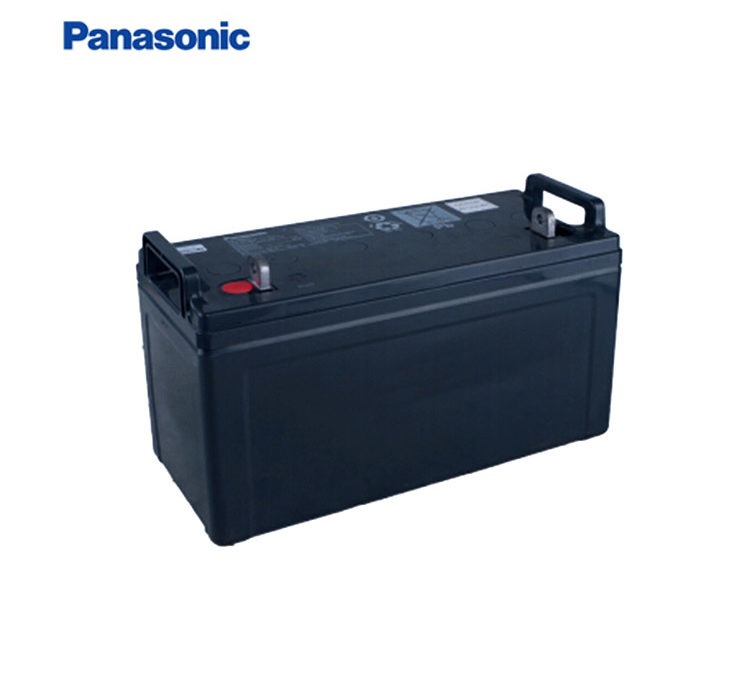Valve regulated lead acid batteries structure

Positive electrode
The positive electrode is lead, antimony and calcium alloy breast board, containing lead oxide as active material. Ensure sufficient capacity, maintain battery capacity during long-term use and reduce self discharge.
Negative pole
The negative electrode is lead, antimony and calcium alloy breast board, containing sponge fiber active substances. Ensure sufficient capacity, maintain battery capacity during long-term use and reduce self discharge.The positive and negative plates are made by mixing sulfuric acid, water and lead powder into lead paste and coating on the grid.
A partition
The advanced multi microporous AGM separator maintains the electrolyte to prevent the short circuit between the positive and negative electrodes. The separator adopts non-woven ultra-fine glass fiber, which has stable chemical properties in sulfuric acid. The porous structure helps to maintain the electrolyte required for the reaction of active substances.
Safety valve
The material is synthetic rubber with excellent quality, acid resistance and aging resistance. Release gas when the internal pressure of the battery is higher than the normal pressure to keep the pressure normal. Prevent oxygen from entering.
Terminal
According to different batteries, the positive and negative terminals can be connecting pieces, rods, studs or outgoing lines. The terminal shall be sealed with reliable adhesive. Color of seal: red is positive and black is negative. The sealed terminal is conducive to high current discharge and long service life
The valve regulated lead acid batteries is designed as follows: in the battery, a part of the electrolyte is absorbed in the pole piece and diaphragm, so as to increase the oxygen absorption capacity of the negative electrode, prevent the loss of electrolyte and make the battery sealed.
Advantages of valve regulated lead acid batteries
Use fast
The valve regulated lead acid batteries only needs to strictly control the charging voltage of the rectifier and accept the specified voltage for constant voltage charging according to the different requirements of floating charge utilization and recycling. There is no need for the personnel on duty to worry too much about the charging process of the battery, add distilled water, and often detect the battery terminal voltage, electrolyte specific gravity and temperature, Just check the battery terminal voltage and discharge capacity regularly.
Easy placement
The valve regulated lead acid batteries has been charged and discharged, and the charged battery leaves the factory, so the user does not need to carry out the cumbersome initial charging process when placing and utilizing it. If the arrangement time is higher than six months, the supplementary power can be carried out according to the regulations of the manufacturer. After sufficient power, a capacity experimental discharge check shall be carried out to determine whether the battery capacity meets the standard requirements, Whether the quality is stable and reliable.
Quiet and reliable
The valve regulated lead acid batteries is sealed and can be placed vertically or horizontally for use. There is no acid mist, non-toxic and harmful gas overflow. Because the battery adopts the constant pressure charging system, the oxygen circulation process is realized inside the battery, and there is little water loss. Although it is occasionally overcharged, a small amount of gas can be pushed out by the quiet valve, and the battery shell will not swell or even burst due to excessive pressure.
Save investment
The valve regulated lead acid batteries does not pollute the configuration and surrounding environment, and can be used together with the electronic configuration. There is no need for a room dedicated to battery arrangement and maintenance, and the amount of maintenance is greatly eliminated. Moreover, the battery placement can accept the stacked battery rack, which has a small floor area and saves the investment cost of the power supply system.
In short, the excellent characteristics of valve regulated lead acid batteries undoubtedly create extremely favorable conditions for the scientific management of communication, electric power, information, finance and other industries. It is easy to realize microcomputer control and realize the Modern Management Essentials of unattended and microcomputer integrated monitoring.
Principle of valve regulated lead acid batteries
Water will be electrolyzed during and at the end of charging of valve regulated lead acid batteries. Generally, oxygen appears at the positive electrode and hydrogen appears at the negative electrode. Because the battery adopts maintenance free electrode plate, the potential during hydrogen precipitation is increased. In addition, due to the different reaction area and reaction speed, oxygen appears on the positive electrode before hydrogen appears on the negative electrode. Due to the valve regulated battery structure, a certain pressure and gas are retained in the battery to ensure the above reaction cycle. At the same time, it also inhibits the precipitation of hydrogen from the negative electrode and controls the water consumption in the battery. Therefore, the battery can operate in a sealed manner.
